Announcement: Our Interview with Phil Nichols
As our longtime listeners may recall, back in March on Episode 9, we interviewed Bradbury and Sci-Fi Scholar, Phil Nichols. And then it was our turn! We joined him on his show, Bradbury 100, to discuss our podcasting adventures with Ray Bradbury’s Zen in the Art of Writing. Dear Sci-Fi Writers and Fans, you’re in for a treat!
This Episode's Interviews
In this episode, author Terry Tierney and Book Coach and Editor, Zoe Quinton listen to Episode 7, Sequels: the Glue that Holds Scenes Together, and tell what they think about sequels, what they are, and if they use them.
Terry Tierney, Author
Terry Tierney is a poet and fiction writer living in the San Francisco Bay Area. His poems and short stories have appeared in numerous publications most recently, Valparaiso Poetry Review, Bridge Eight, and Hypertext Magazine. His road trip novel, Lucky Ride, was a finalist for the 2022 Maxy Awards. You can purchase it here.


Zoe Quinton, Editor & Book Coach
Zoe Quinton is a developmental editor who works with established and aspiring authors to help them tell their stories and get their books published. She holds a Masters in history from the London School of Economics and has been involved in various aspects of the publishing industry since 2007. You can contact her here.
Speeding Up & Slowing Down your Novel
In the last episode, we talked about a story being more than just scene, scene, scene. You need to string them together with some glue. In this chapter, Bickham comes up with a system to speed up and slow down your book regardless of the content. For chronological stories especially, this method will work for almost any genre. It’s the structure your novel is sitting in. It’s beyond just content.
And just in case, Dear Writer, the exhaustive instructions in Scene & Structure have been overwhelming, Bickham’s got a PSA:
Patience! The answer lies not in violating these rules, but in figuring out ways around them. By the time you finish the chapter, things will be lot clearer.
– Jack Bickham, Outliner
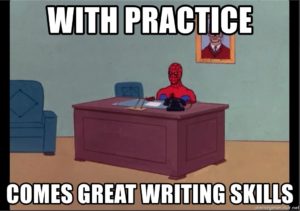
How to Speed up your Story (8 Bullet Points...and Counting)
- Remove a Sequel and put the scenes back to back
- Use a prepositional phrase/transition instead of a whole sequel
- Cut some of the emotion
- Extend a scene (the goal here is to keep readers in a heightened emotional state)
- Intensify conflict
- Intensify the disaster (golly, authors are mean to characters!)
- Time your disasters so that they happen right away…think ticking time bomb.
- Tighten the scene by knowing what drives how protagonist and antagonist (just like you, knowing is half the battle)
How to Slow Story Down (+ 7 more bullet points)
- Summarize the main conflict of a scene
- Give your protagonist a time limit for how long a scene can last
- Skip the scene set-up and sequel right into the middle of a scene
- Make your protagonist think more, which will pause time but extend the story
- Change the scene goals/disasters to give the character more time to think
- Expand a sequel to add more story time between scenes
- Put the Tactical Disaster into the middle of a sequel
If I don’t have the energy to write it, why would anyone have the energy to read it?
– Kim, Discovery Writer
Reasons Novice Novelists Write Slow Books (+ 5 more)
- Beginning Writers are too non-confrontational–both in life and on the page
- The writer focuses too much on developing the internal landscape of the character, rather than making them do things in the external world (purple prose episode)
- The writer isn’t prepared for the amount of scenes they need for a complete novel
- Conflict both in the real world and on the page is emotionally exhausting for the writer. Take a break already!
- Some writers use the sequels to pontificate. The sequel’s not a soapbox, Dear Writer.
Like, seriously, is pace even a thing?
– Renee, Over-Writer
The Bullet Point King

Wow. Twenty bullet points for just one chapter. Dear Bickham, I do believe that’s a record!
Continuing the Conversation: Four Slow Paced Novels

Who here likes a slow read? Not every reader is looking for a page turner. Sometimes, what you need is a thinker and these authors really get you to slow down, take a break, and think. Below is a list of four famously slow novels and a bit about why.
Are your novels Slow-Paced or Fast-Paced? Take our poll on the Community Forum.
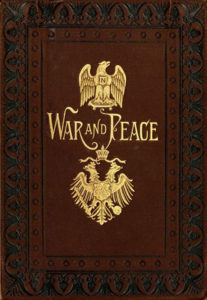
War & Peace (1869) is neither a novel nor non-fiction. Part story, part history, Tolstoy writes about the Napoleonic war in Russia. To say this book is slow (and long) is an understatement. Clocking in at 587, 287 words, this is quite the time commitment.
And it’s not just the words, but the pace. Throughout the novel, Tolstoy includes 24 chapters dedicated to philosophy.
Melville’s famous novel (1851), chronicles the story about a boy and his loveable pet whale, Moby Dick. Ok, ok, it’s about an obsessive sailor hunting down an albino whale who bit off Ahab’s leg. Finished in 18 months, let’s just say chronicling this obsession (as well as life at sea, the particulars of whale hunting and oil extraction) takes quite a few words–209,117. Among all of this includes opinions on social class, diversity, and whether or not God exists.

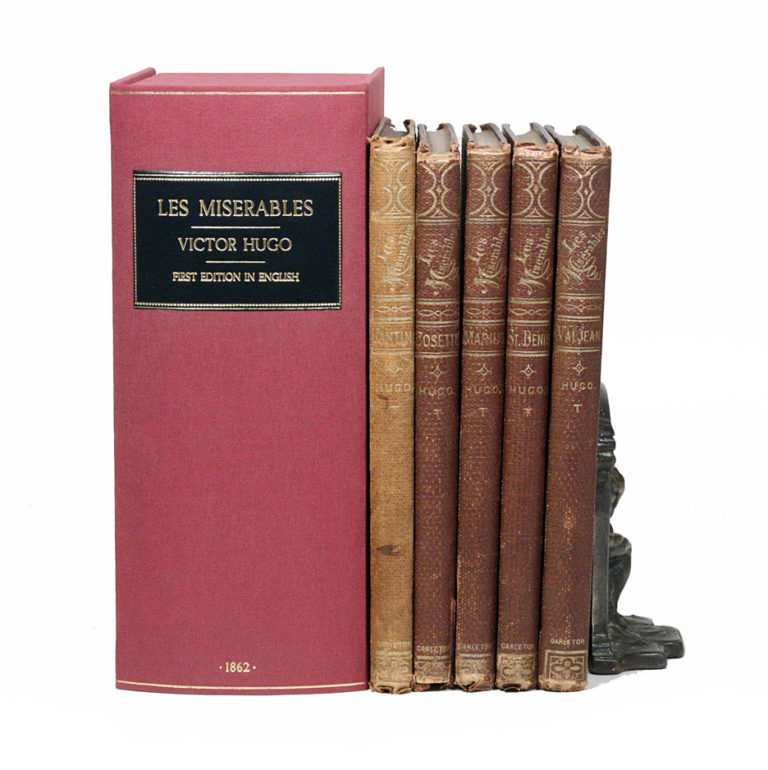
Published in 1862, Les Misérables, another historical novel–this one really is a novel, though–Hugo’s most famous work, isn’t just all plot. He slows the pace with discussions on French architecture, philosophy, arguments against the monarchy, and, of course, love.
The novel, published in 1984, follows the lives of a group of women who start a literary club in the fictional town, Waynesboro, OH. The book spans the lives of its members, between 1868 – 1932. With that much time to cover, as well as multiple characters (and even the friends, children and grandchildren of the characters), Santmyer makes a point about the significant contributions of seemingly small towns in a big world.
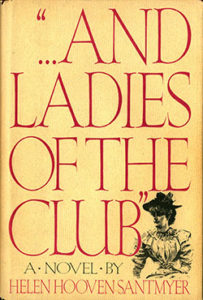
Tribute: Danzy Senna

During this episode, Kim reads from Danzy Senna’s short story, “Triptych,” as an example of an author who plays with pace. Senna earned her MFA from University of California Irvine and is the author of five books. Her first book, Caucasia, won the Alex Award and Los Angeles Time’s “Best Book of the Year.” Her work investigates gender and bi-racial identity, among other themes. She is a professor of Creative Writing and Literature at the University of Southern California.
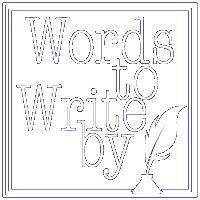
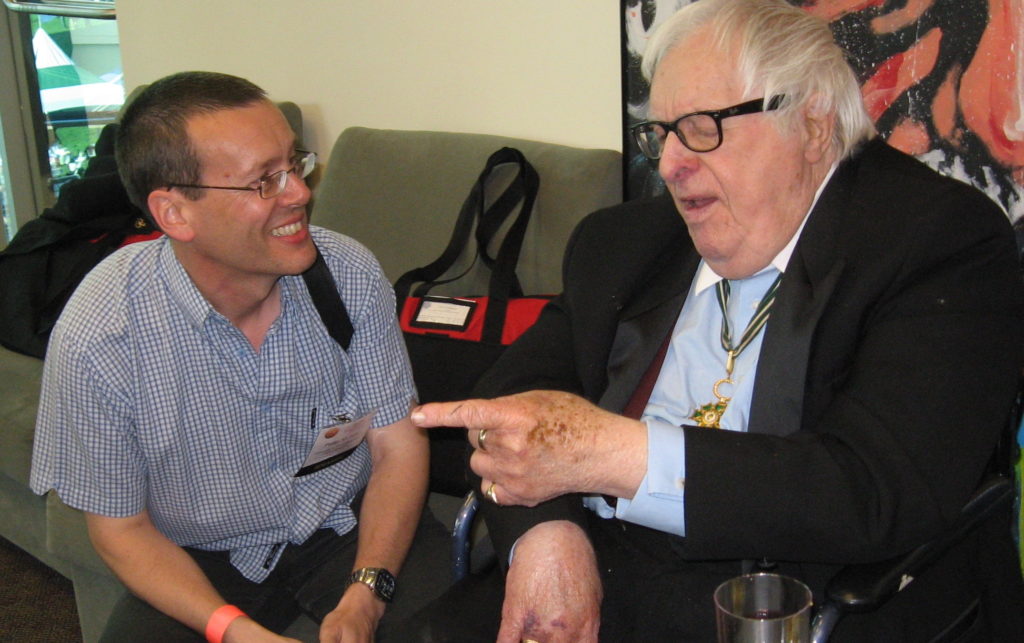
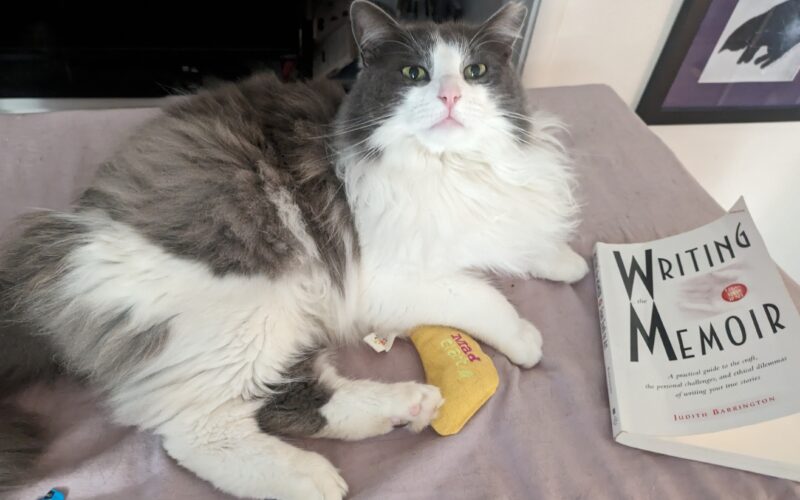
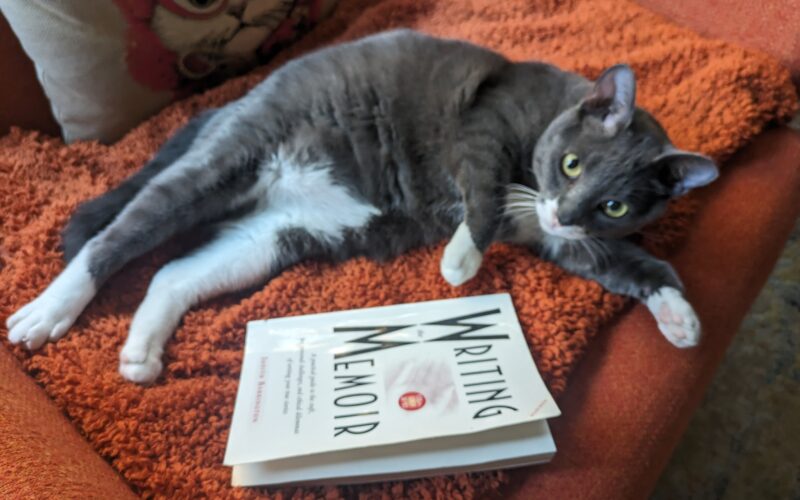
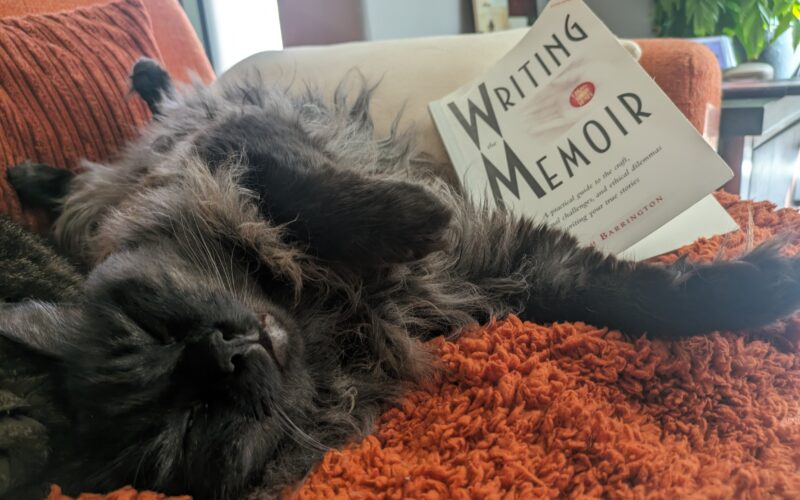
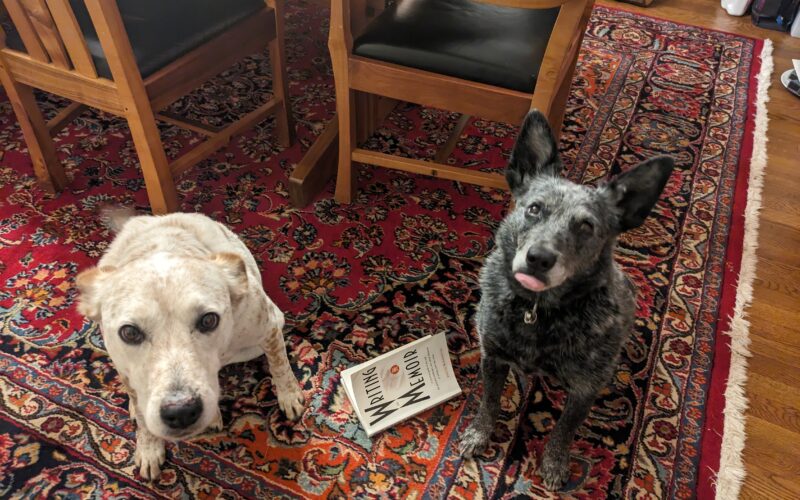
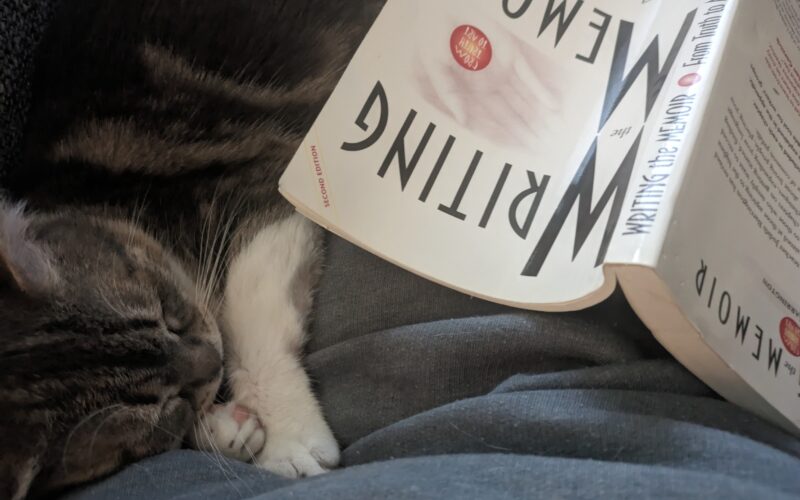
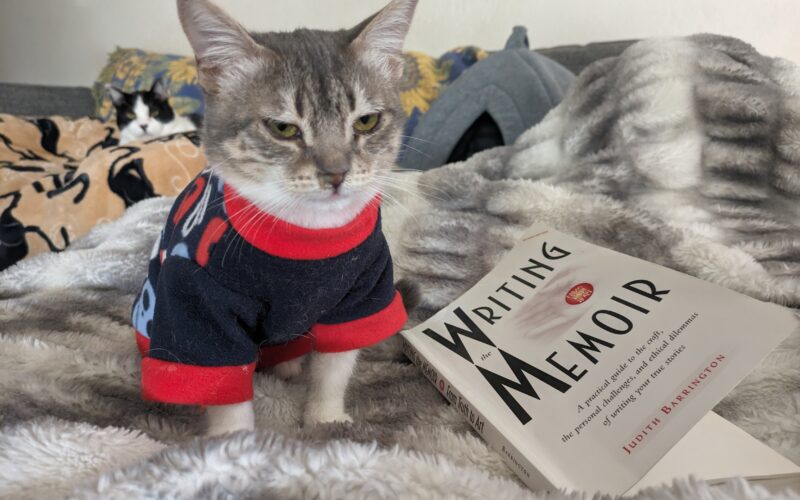
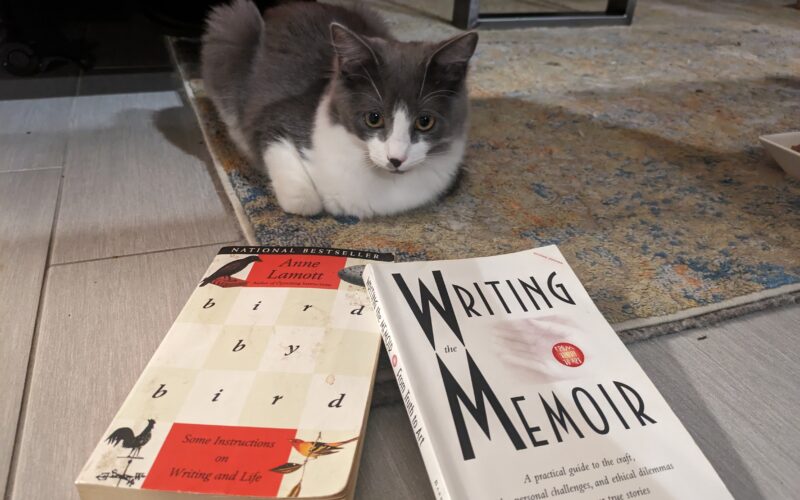
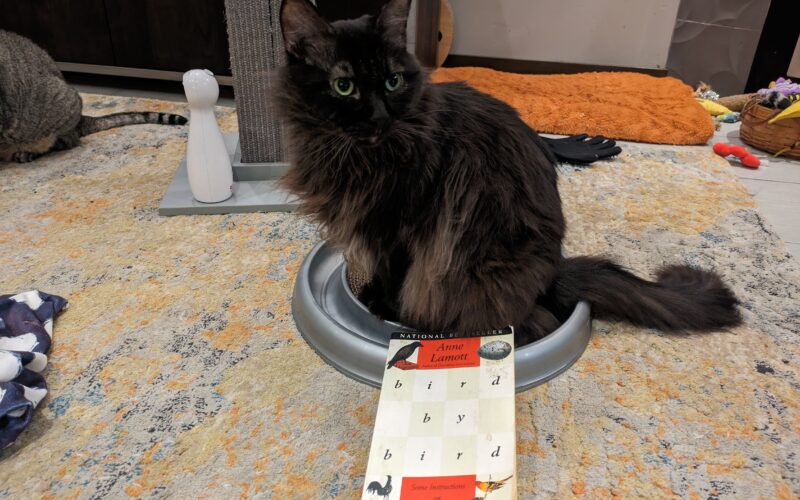
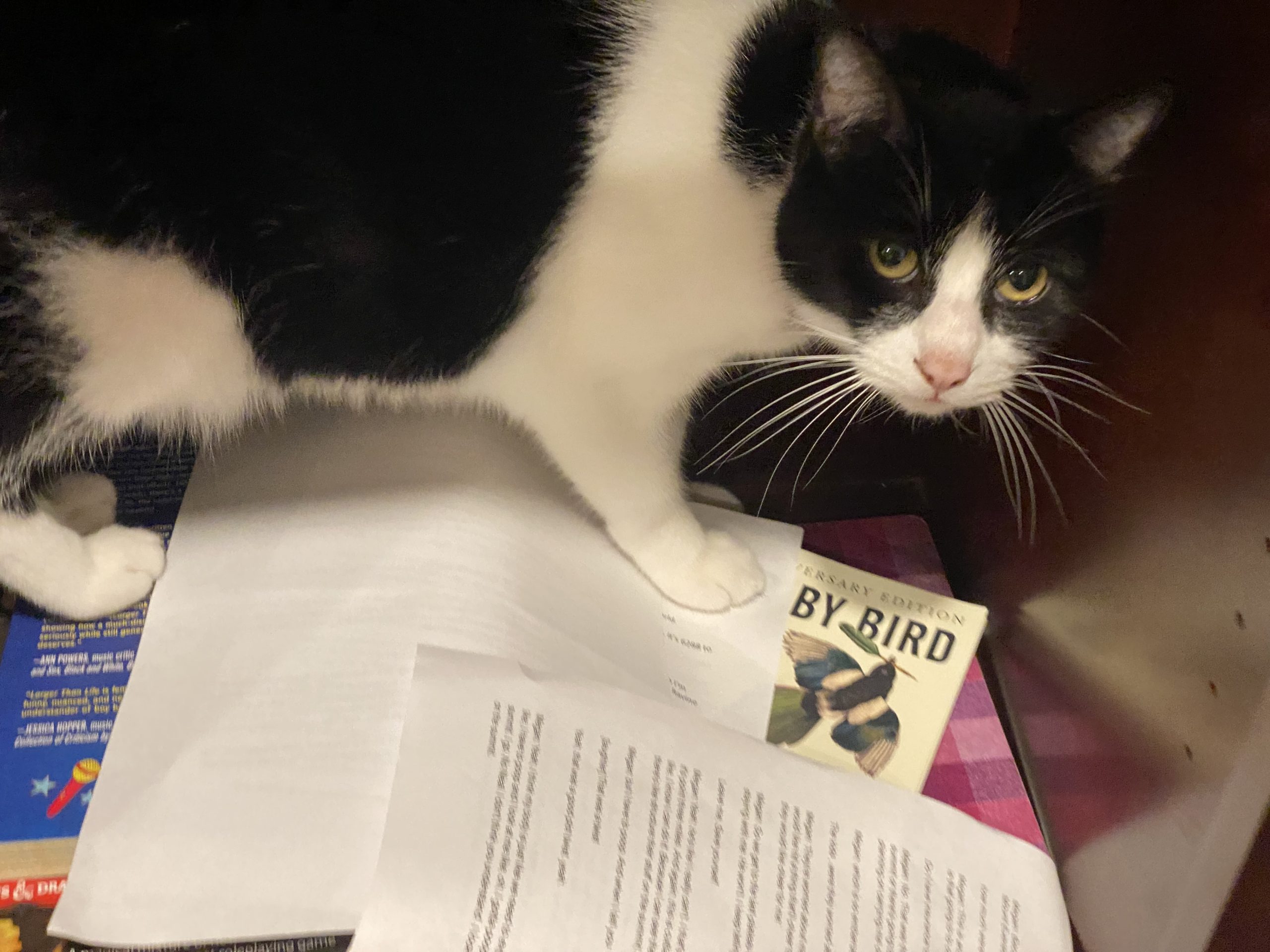
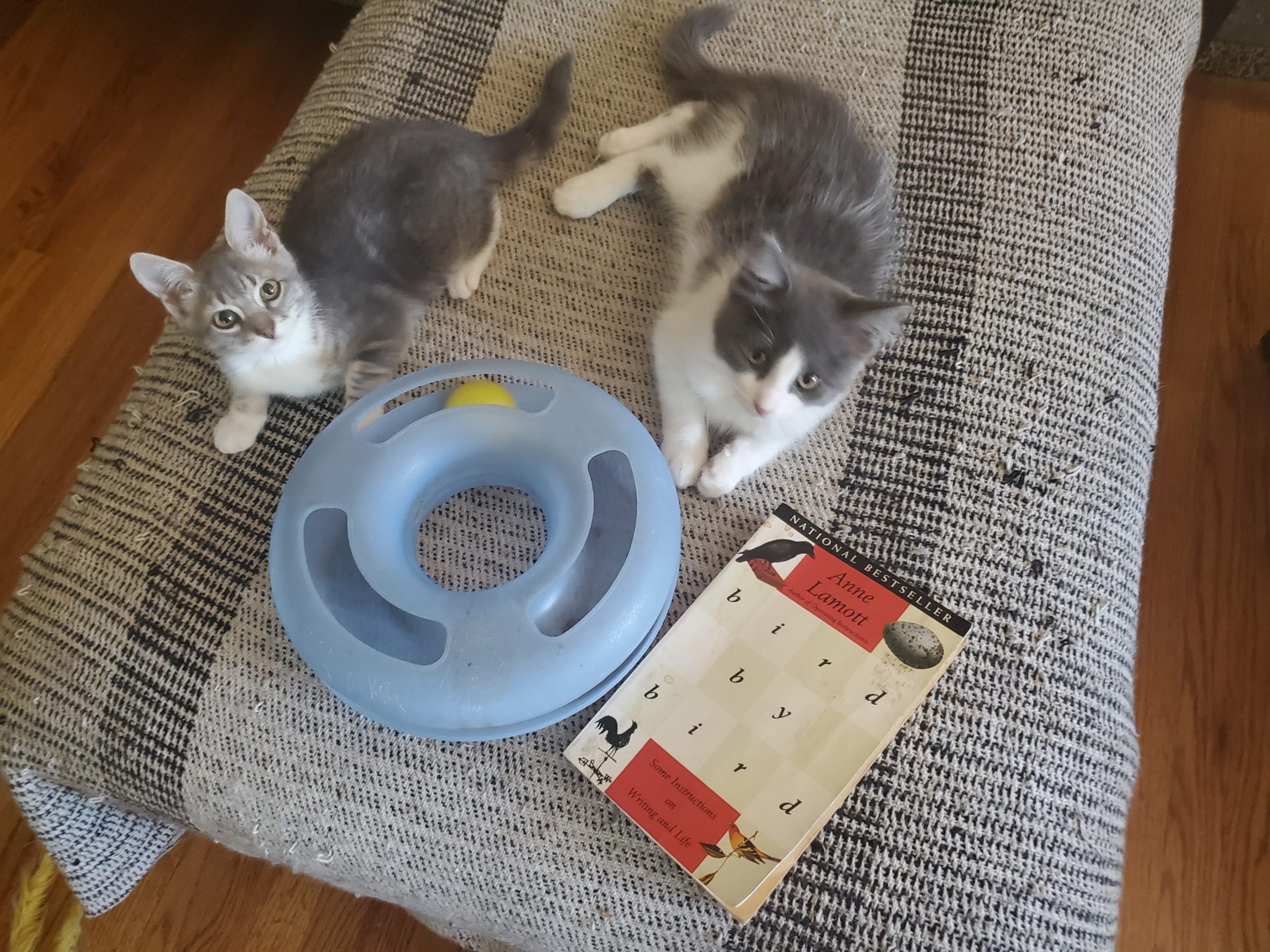
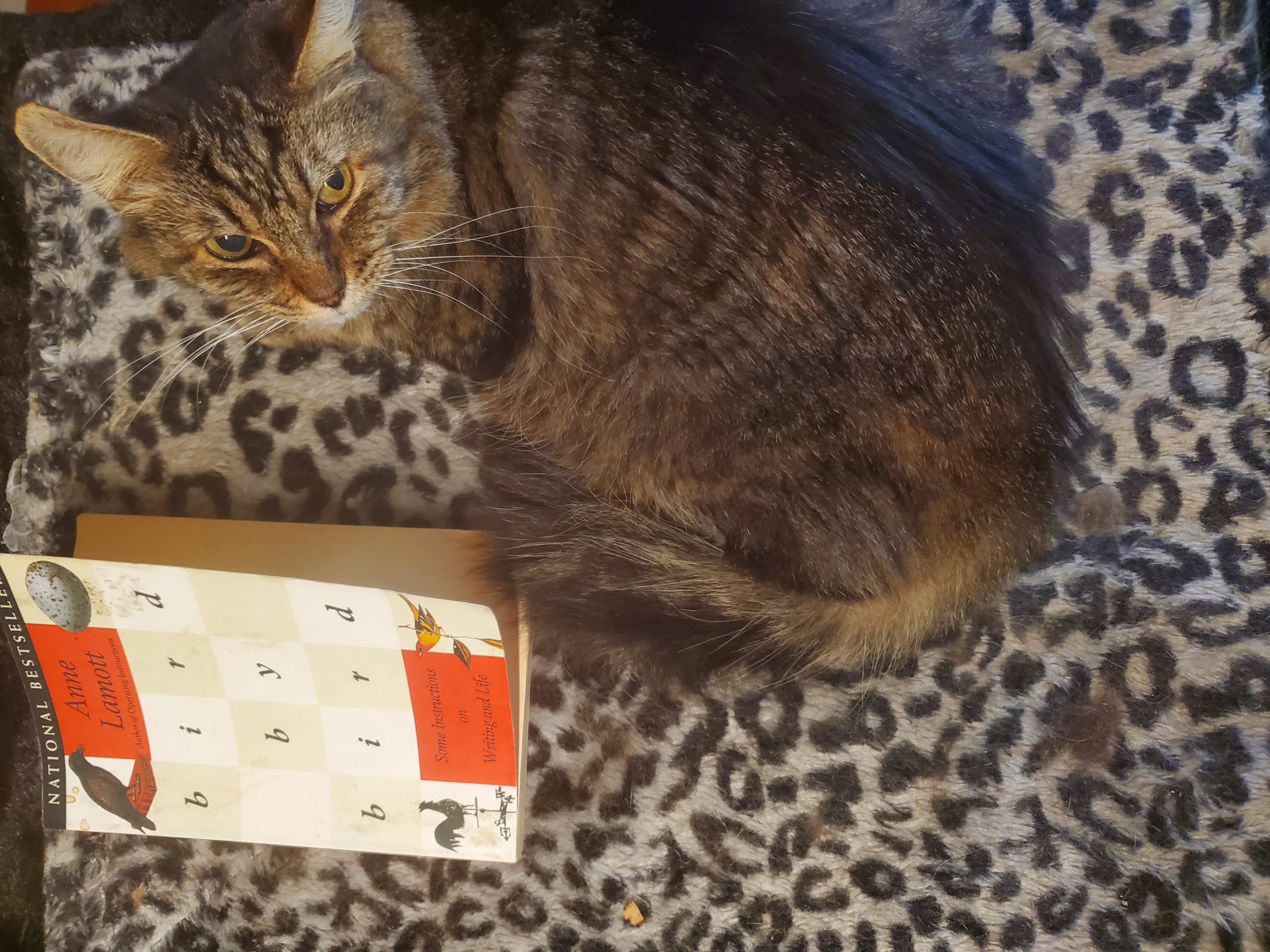
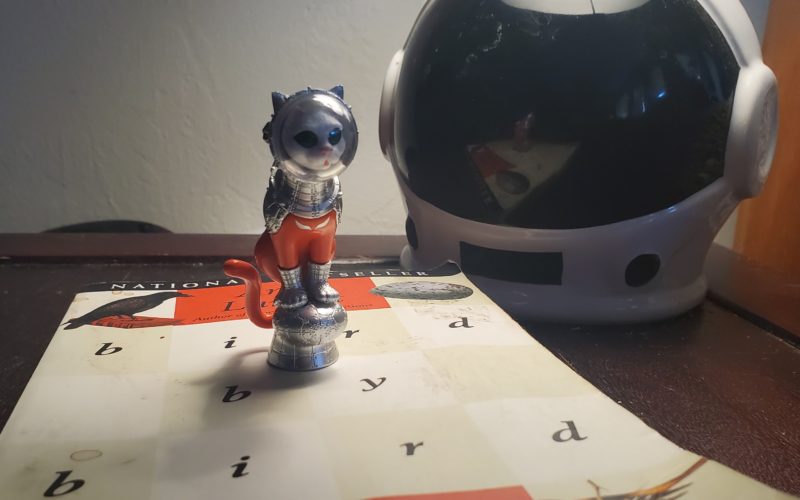
The Secret to Getting Your Short Stories Publish
Okay, maybe that's a bit of hyperbole, but not by much. In this stand alone episode we talk with Erik Klass, the entrepreneurial editor behind the submission service Submitit...